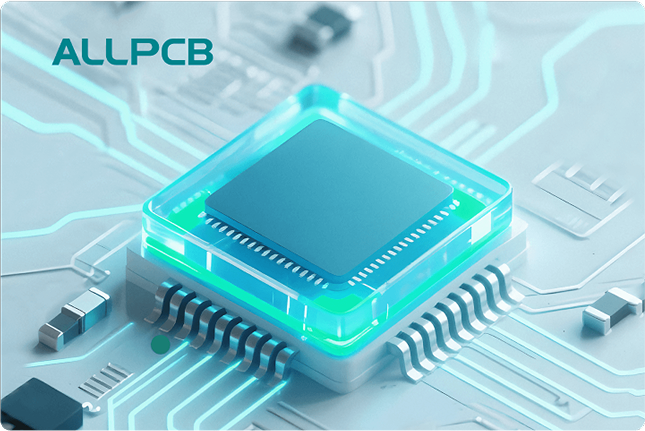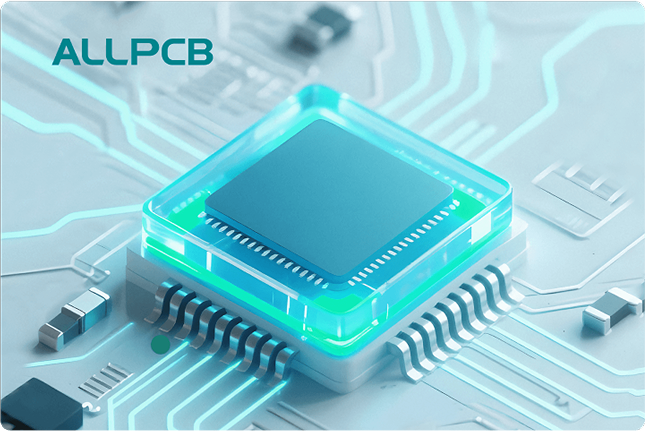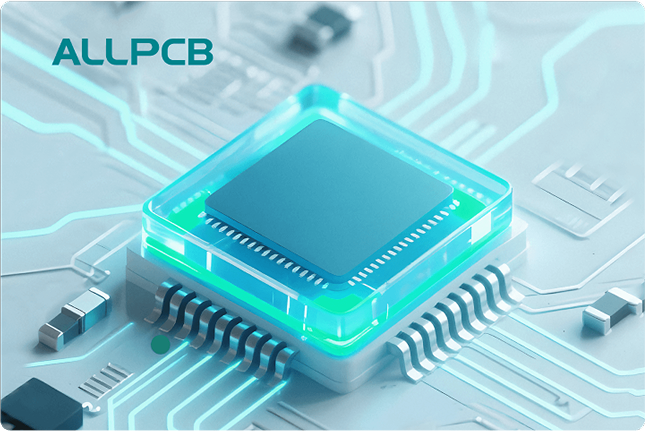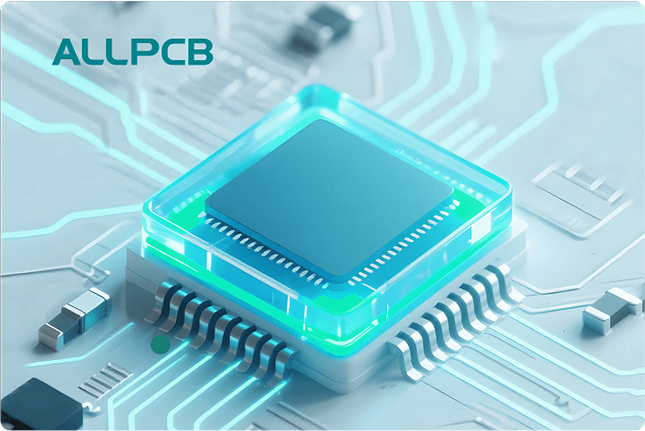Are you a hobbyist looking to create professional-quality printed circuit boards (PCBs) at home with surface mount technology (SMT)? One of the key tools you’ll need is a stencil for applying solder paste accurately. In this guide, we’ll explore DIY SMT stencil options, focusing on homemade stencil materials like mylar stencil PCB options and laser printer transparency stencil techniques. Whether you’re new to hobbyist PCB assembly or looking to refine your skills, this blog will walk you through the materials, tools, and methods to make SMT assembly accessible and affordable right from your workspace.
Below, we’ll dive into everything you need to know about creating stencils at home, from choosing the right materials to step-by-step instructions for making and using them. Let’s get started on your journey to mastering SMT assembly!
Why Stencils Matter in SMT Assembly
Surface mount technology (SMT) involves placing tiny electronic components directly onto the surface of a PCB, which requires precise application of solder paste. A stencil acts as a template, ensuring that solder paste is applied only to the correct spots on the board. Without a stencil, hand-applying solder paste can lead to uneven deposits, misaligned components, or short circuits during reflow soldering.
For hobbyists working on small batches or prototypes, purchasing professional metal stencils can be expensive, often costing $50 or more per design for custom orders. This is where DIY SMT stencil solutions come in. By using homemade stencil materials, you can save money while still achieving good results for low-volume projects.
Choosing the Right Materials for a Homemade SMT Stencil
The first step in creating a homemade stencil is selecting the right material. The material needs to be thin, durable, and easy to cut or etch with accessible tools. Here are some of the most popular options for hobbyists:
1. Mylar Sheets for Stencil Creation
Mylar stencil PCB designs are a go-to choice for many hobbyists due to their affordability and availability. Mylar is a type of polyester film that is thin (typically 0.003 to 0.007 inches or 3-7 mil thick), flexible, and heat-resistant, making it suitable for short-run SMT projects. You can find Mylar sheets at craft stores or online for as little as $1-2 per sheet.
Mylar works well with laser cutters, which can precisely cut out the stencil openings for solder paste. While it’s not as durable as stainless steel (lasting for about 10-20 uses before wear), it’s perfect for prototyping or one-off projects.
2. Laser Printer Transparency Sheets
Another budget-friendly option is using laser printer transparency stencil materials. These are clear plastic sheets designed for printing overhead projector slides, available at office supply stores for around $0.50-$1 per sheet. They are typically 0.004 inches (4 mil) thick and can be cut with a laser cutter or even a craft knife for simpler designs.
Transparency sheets are less durable than Mylar, often lasting only 5-10 uses, but they’re widely accessible and easy to work with if you’re just starting out with hobbyist PCB assembly.
3. Polyimide Film (Kapton)
For a slightly more durable option, consider polyimide film, often sold under brand names like Kapton. This material is heat-resistant and slightly thicker (around 0.005 inches or 5 mil), making it a good middle ground between Mylar and metal stencils. It can withstand higher temperatures during reflow soldering and may last for 20-30 uses. Polyimide film is pricier, often costing $5-10 per sheet, but it’s a worthy investment for frequent projects.
Tools You’ll Need for DIY Stencil Creation
Once you’ve chosen your material, gather the tools to cut and prepare your stencil. Here’s a list of essentials for most DIY SMT stencil projects:
- Laser Cutter: Ideal for precise cuts in Mylar, transparency sheets, or polyimide. Access to a local makerspace or hackerspace can provide a laser cutter if you don’t own one. Settings typically range from 10-20 watts with a speed of 50-100 mm/s, depending on material thickness.
- Craft Knife or Vinyl Cutter: A cheaper alternative for cutting simpler designs by hand or with a desktop cutting machine. This works better for larger pads and less intricate PCBs.
- Design Software: Use free tools like Inkscape or your PCB design software to create or export stencil designs (often from the solder paste layer of your PCB file).
- Solder Paste and Squeegee: After creating the stencil, you’ll need solder paste (lead-free options cost around $10-15 for a small syringe) and a squeegee or old credit card to spread it evenly.
Step-by-Step Guide to Making a DIY SMT Stencil
Now that you have your materials and tools, let’s walk through the process of creating a homemade stencil for hobbyist PCB assembly. This guide focuses on using a laser cutter with Mylar or transparency sheets, as it’s the most common and precise method for hobbyists.
Step 1: Export Your Stencil Design
Start by opening your PCB design file in your design software. Most PCB design tools allow you to export the solder paste layer as a separate file (often in Gerber format). This layer shows exactly where solder paste needs to be applied. Convert this file to a vector format like SVG or DXF if needed for your laser cutter software.
Step 2: Prepare the Material
Secure your chosen material (Mylar, transparency, or polyimide) onto the laser cutter bed using tape or a vacuum table to prevent movement during cutting. Ensure the sheet is flat to avoid uneven cuts.
Step 3: Set Up the Laser Cutter
Load your stencil design into the laser cutter software. Adjust the power and speed settings based on your material. For a 3-5 mil Mylar sheet, start with a low power setting (around 10-15 watts) and a moderate speed (50-75 mm/s) to avoid burning the edges. Test on a scrap piece first to dial in the settings.
Step 4: Cut the Stencil
Run the laser cutter to etch out the openings for the solder paste pads. Once complete, carefully remove the stencil and inspect it for accuracy. Use a magnifying glass to check for any uncut areas or rough edges, which can be cleaned up with a craft knife if needed.
Step 5: Test and Refine
Place the stencil over a spare PCB or a test board to ensure the openings align perfectly with the pads. If there are misalignments, adjust your design file and cut a new stencil. Precision is critical for SMT assembly, so don’t skip this step.
How to Use Your DIY Stencil for SMT Assembly
With your stencil ready, it’s time to apply solder paste and assemble your PCB. Follow these steps for best results:
- Align the Stencil: Place your PCB on a flat surface and secure it with tape. Lay the stencil over the board, aligning the cutouts with the solder pads. Use additional tape or a custom frame to hold the stencil flat and in place.
- Apply Solder Paste: Scoop a small amount of solder paste onto the stencil. Using a squeegee or an old credit card, spread the paste across the stencil with even pressure at a 45-degree angle. Ensure all openings are filled, but avoid over-applying, as excess paste can cause bridges between pads.
- Remove the Stencil: Carefully lift the stencil straight up to avoid smearing the paste. Inspect the PCB for even coverage. If needed, use a toothpick or compressed air to clean up any stray paste.
- Place Components: Using tweezers, place your SMT components onto the solder paste. The paste will hold them in place temporarily.
- Reflow Soldering: Heat the board using a reflow oven, hot plate, or heat gun. For a typical lead-free solder paste, heat to around 220-250°C for 1-2 minutes, following the paste’s recommended profile. The solder will melt and solidify, securing the components.
Tips for Success with DIY Stencils
Creating and using a DIY SMT stencil can take some practice. Here are a few tips to improve your results:
- Start Simple: If you’re new to hobbyist PCB assembly, begin with designs that have larger pads and fewer components. This makes stencil creation and paste application easier.
- Clean Regularly: After each use, clean your stencil with isopropyl alcohol and a soft cloth to remove residual solder paste. This extends the stencil’s life.
- Thickness Matters: Choose a material thickness that matches your solder paste needs. Thicker stencils (5-7 mil) deposit more paste for larger components, while thinner ones (3-4 mil) work better for fine-pitch parts.
- Secure Alignment: Misalignment is a common issue. Consider designing alignment holes or marks into your stencil and PCB for easier positioning.
Limitations of Homemade Stencils
While homemade stencil materials like Mylar and transparency sheets are great for hobbyists, they do have limitations compared to professional stainless steel stencils:
- Durability: DIY stencils wear out after 5-30 uses, depending on the material, while metal stencils can last thousands of cycles.
- Precision: Fine-pitch components (pads closer than 0.5 mm) may be challenging to stencil accurately with homemade materials due to cutting limitations.
- Consistency: Handmade stencils may not provide the same uniform paste deposit as commercial options, potentially leading to soldering defects in complex designs.
For high-volume or intricate projects, investing in a professionally made stencil might be worth the cost. However, for most hobbyist needs, DIY options work wonderfully.
Cost Breakdown of DIY SMT Stencils
One of the biggest advantages of making your own stencil is the cost savings. Here’s a quick breakdown of typical expenses for a DIY SMT stencil setup:
| Item | Cost (Approximate) |
|---|---|
| Mylar Sheets (pack of 10) | $10-15 |
| Laser Printer Transparency Sheets (pack of 50) | $25-30 |
| Polyimide Film (per sheet) | $5-10 |
| Solder Paste (small syringe) | $10-15 |
| Access to Laser Cutter (makerspace fee) | $5-20 per hour |
Compared to a $50-100 custom metal stencil, you can create multiple DIY stencils for a fraction of the price, perfect for experimenting and learning.
Conclusion: Start Your SMT Journey with DIY Stencils
Creating a DIY SMT stencil using homemade stencil materials like mylar stencil PCB options or a laser printer transparency stencil is an accessible and cost-effective way to dive into hobbyist PCB assembly. With just a few materials, some basic tools, and a bit of practice, you can achieve professional-looking results right from your home workshop.
Whether you’re prototyping a new design or assembling a small batch of boards, these techniques allow you to save money while gaining valuable hands-on experience. So, grab some Mylar or transparency sheets, fire up a laser cutter, and start building your next SMT project today. The world of electronics assembly is at your fingertips!
 ALLPCB
ALLPCB







